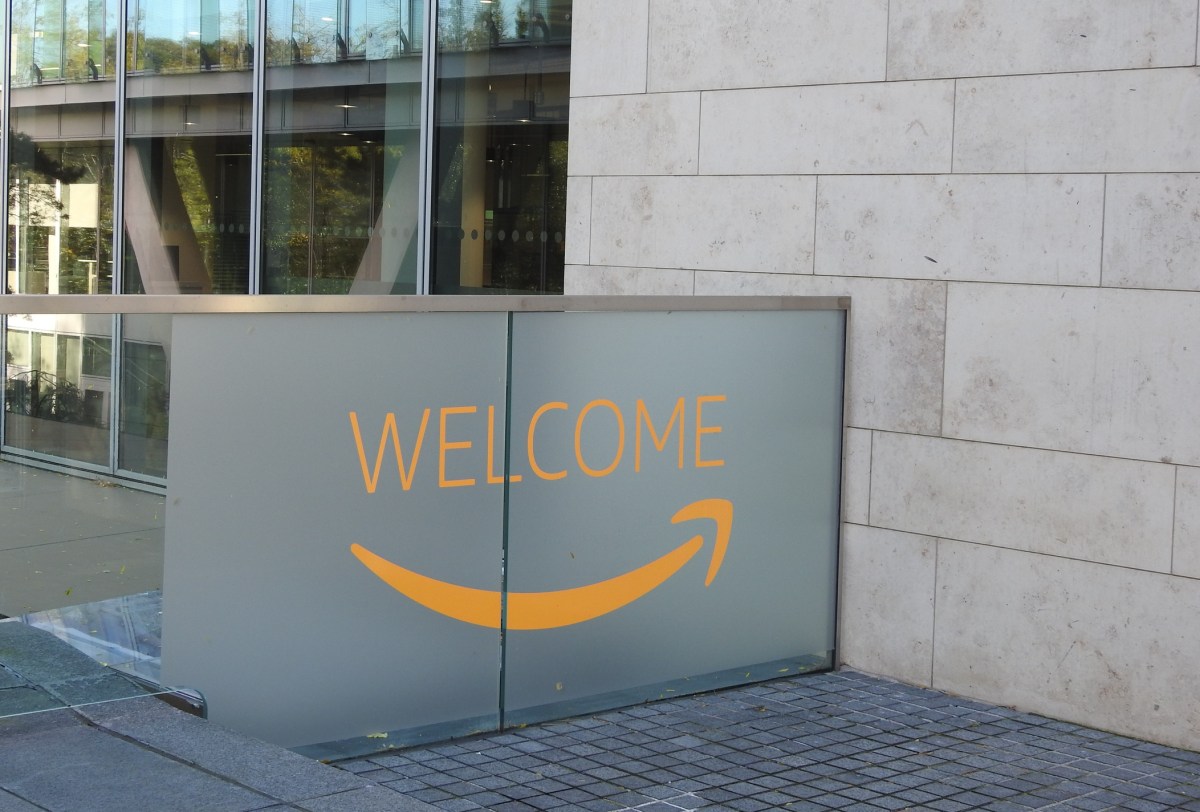Amazon will cut about 14,000 corporate roles to streamline operations and invest in AI and automation. The move highlights AI layoffs and AI automation workforce trends, signaling a shift toward AI driven restructuring, talent reskilling and stronger governance priorities for businesses.

Amazon announced on October 28, 2025 that it will eliminate roughly 14,000 corporate positions to reduce bureaucracy, remove managerial layers and reallocate resources toward AI and automation. This is a clear example of AI layoffs tied to a strategic pivot: the company is positioning automation as a core lever for operational efficiency and faster decision making.
Executives framed the reductions as a structural reset to speed decisions and focus investment on customer facing and high growth areas. Affected roles are primarily corporate, not frontline operations. Leadership emphasized two main drivers: removing redundant management layers and building AI enabled systems that automate routine tasks and increase productivity.
For executives and HR leaders, this decision signals several actionable priorities. Discover which routine processes are ready for automation and prepare plans for talent transitions. Learn how to adapt workforce strategies to balance efficiency gains with retention of critical skills.
"This aligns with trends we99ve seen in automation where companies flatten layers and reallocate headcount to AI led initiatives," notes one industry observer. Businesses that proactively prepare for transitions and focus on governance will be better positioned to capture productivity gains without losing critical talent.
Amazon99s decision to cut 14,000 corporate jobs and redirect resources toward AI and automation is both a tactical and strategic move. For business leaders the takeaway is to not only consider cost savings but to rethink organizational design, invest in reskilling and build governance so AI can deliver value at scale without destabilizing operations or talent. Explore which processes you can automate safely, prepare teams to adapt and be ready to measure the real impact of AI driven workforce change.
Discover more analysis on AI layoffs and workforce transformation to prepare your organization for the next wave of automation.



